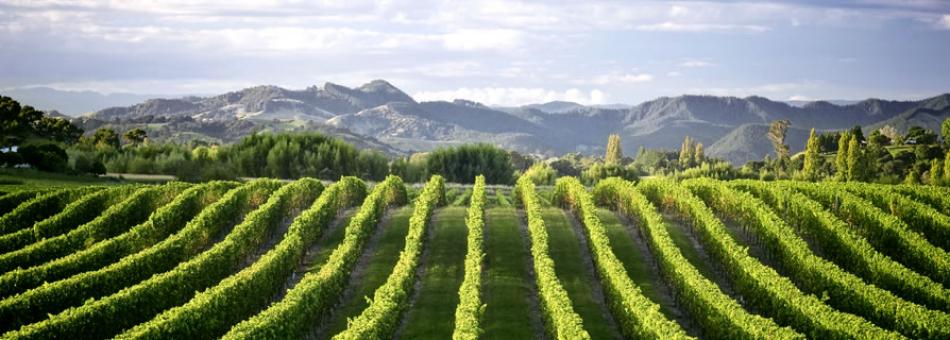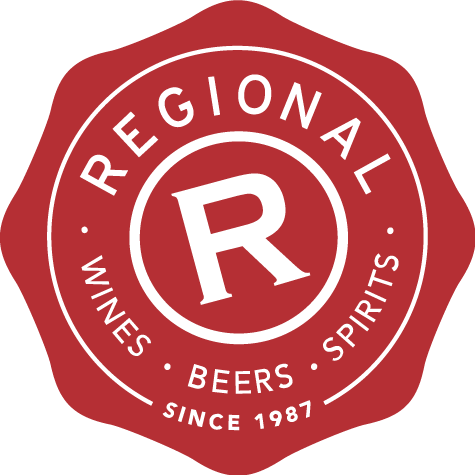
Big Buttery Chardonnays from Gisborne
If you’re a sucker for a big buttery Chardonnay, Gisborne was the place to be this Labour Weekend. And not only in Gisborne but on board the W165 – a refurbished train that was built in 1897 and was wheeled out for the weekend to be The Chardonnay Express - over 100 people paid to enjoy eight Big Buttery Chardonnays (let’s call them BBCs) with eight matching morsels of food on a half day ride from downtown in Gisborne out to Muriwai on the coast, crossing the airport runway on the journey (because trains have existed longer than planes, but that’s another story).
The ride was the highlight of a Chardonnay weekend that was a collaboration between winemakers, tourism operators and Air New Zealand – which came on board, if you’ll excuse the pun, to subsidise flight packages to lure as many people as possible to Gisborne for the event.
Gisborne winemaker Steve Voysey hopes this wine tourism package will prove successful enough to take place again, hopefully several times a year. It’s part about attracting more people to Gisborne; part about upping the profile of the region’s wines. Production of which has declined significantly over the past decade, as statistics highlight – there were 2,142 hectares of grapes planted in the region in 2008 compared to 1,371 hectares today. That’s a pretty big drop, by anyone’s measure but it’s about balancing quantity with quality and matching production with market demand, says Voysey, who makes wine for his own relatively small volume wine brand, Spade Oak and also consults to Indevin and LeaderBrand; two large volume wine production companies based in Gisborne.
Like most of New Zealand, Gisborne has a maritime climate, but its northern location means that sunshine hours are not only long, but the climate is generally warmer, which, in turn, means grapes tend to have lower acidity than they do further south. This means Gisborne Chardonnay can taste very ripe in flavour, full bodied and soft. And, when treated to a little malolactic fermentation (the conversion of malic acid in grapes into softer lactic acid), it can taste very rich and creamy.
These styles of Chardonnays remain extremely popular in New Zealand today, despite a strong swing, by some winemakers, towards crisper, lighter bodied, less creamy dry whites made from the Chardonnay grape. And while that can be potentially confusing for lovers of BBCs, variety is the spice of many of life’s best things, including wine, so, in my view, Chardonnay has never been better. Modern Chardonnay offers wines at both stylistic extremes, with many welcome shades of grey in between.
The Gisborne Chardonnay Group
Oak Barrel Fermented Chardonnay production is a must for those who belong to this group because they highlight the strongest wine style for this region – “We are focussing on what Gisborne does best at a premium but affordable level.” Oak adds a significant cost to wine production but also adds a tangible taste to the wines.
2015 Spade Oak Vigneron Chardonnay 18.5/20
This “vigneron” label is the top range of Spade Oak wines and in this case it was made from hand harvested grapes, wild yeast fermented and went through 100% malolactic fermentation. It’s full bodied, has a beautiful balance of big smooth creamy roundness, tempered by vibrant acidity which adds a sense of freshness and length to the wine.
2014 TW Reserve Chardonnay 17.5/20
Big, buttery and noticeably oak-influenced, thanks to an equal combo of French, American and Hungarian oak barrels, in which the wine was aged. This is a great style for those who like bigger-is-better Chardonnays…
Bravo, Gisborne Chardonnay producers… bring them on.
